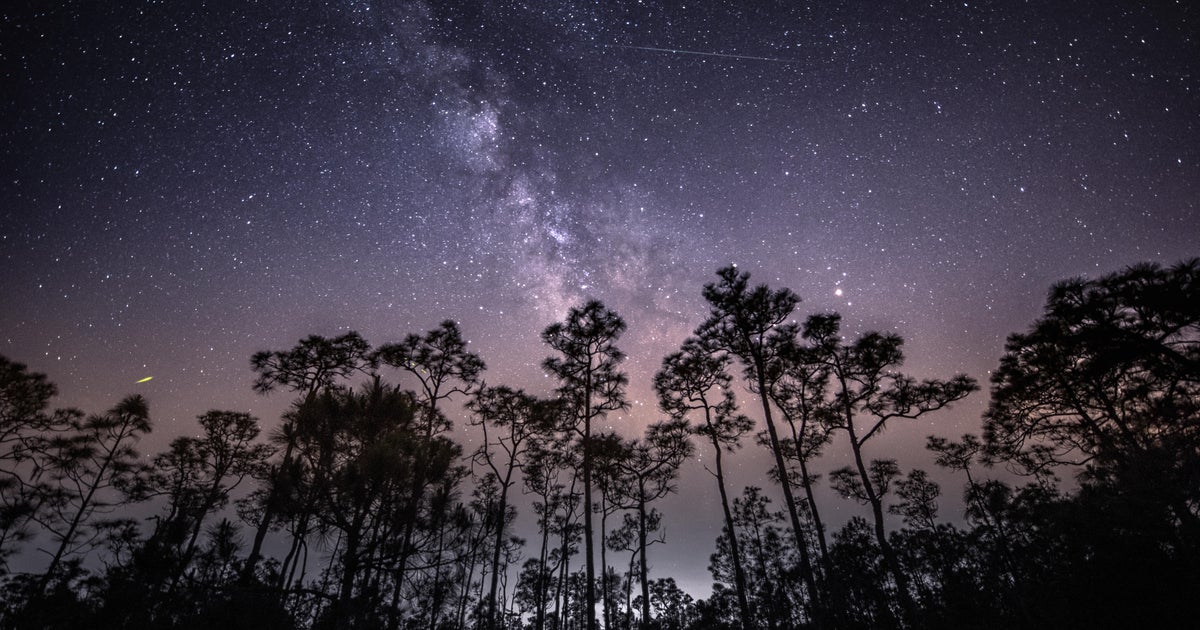[ad_1]
You could catch a glimpse of the Eta Aquarids meteor shower if moonlight doesn’t interfere on Saturday when it is expected to peak, according to the American Meteor Society.
The Eta Aquarids meteor shower peaks each year during early May as Earth passes through the debris trail from Halley’s Comet (1P/Halley). Halley’s Comet, which was last seen on 1986, won’t be visible until 2061.
The Eta Aquarids are named after its radiant, or direction of origin, which appears to come from the constellation Aquarius. It’s one of the best meteor showers of the year for people in the Southern Hemisphere, because Aquarius is higher in the sky there — but it’s visible in the Northern Hemisphere, too.
Diana Robinson / Getty Images
What time does the meteor shower start?
Bill Cooke, a lead for the Meteoroid Environment Office at NASA, told Space.com that he recommends for people to get outside at 2 a.m. local time since the rates will continue to increase until dawn. He said this particular shower is not one you can see after sunset since its radiant won’t be up.
Where to look for the meteor shower
The Eta Aquarids’ radiant is lower in the sky in the Northern Hemisphere in the springtime, compared to the Southern Hemisphere. According to the Earth Sky, in the southern half of the U.S., you could see 10 to 20 meteors per hour under a dark sky when the radiant is high. In the Southern Hemisphere, the number is two to three times that, Earth Sky said.
In addition to finding a dark location, it is recommended to not look directly at the Aquarius constellation to find the meteors, as they should normally be visible across the sky, according to Space.com.
Cooke told the outlet that there’s a possibility of a significant outburst and the meteor shower could produce rates two times the norm. But overall, moonlight this year will make it a bit more challenging to see as many as one would during a peak and a clear sky. If Saturday doesn’t work, the meteor shower is supposed to last until May 27.
And if you can’t catch the Eta Aquarids, there’s also the Flower Moon – May’s full moon – to watch out for Friday through Sunday night as a consolation prize. It coincided with the penumbral lunar eclipse that occurred Friday morning.
Sophie Lewis and Gina Martinez contributed to this report.
Thanks for reading CBS NEWS.
Create your free account or log in
for more features.
[ad_2]
Source link





